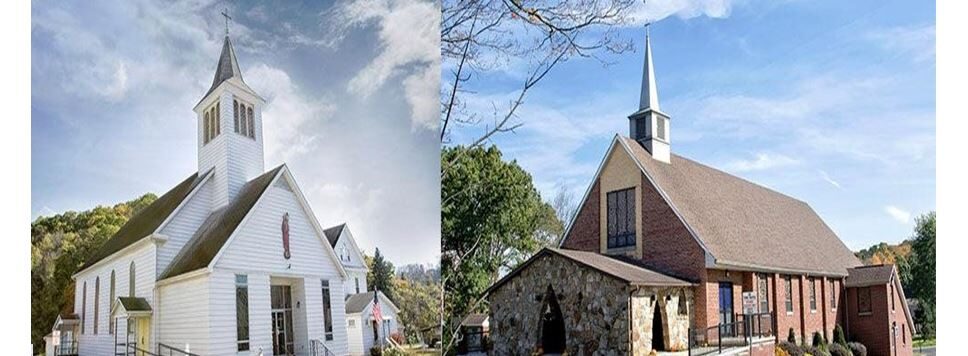The month of October is dedicated to the Holy Rosary, one of the best known of all Catholic devotions. October includes the Feast of Our Lady of the Rosary (October 7).
October: The Month of the Holy Rosary (3:10)
As fall descends on the Northern Hemisphere, the Catholic liturgical year draws to a close. In the traditional calendar, many of the feasts between mid-September and the First Sunday in Advent make reference to conflicts between Christianity and Islam, and great victories in battles in which the Church — and, more broadly, Christendom — was threatened. The memory of these events turns our thoughts to the end times, when the Church will undergo trials and tribulations before the return of Christ the King.
It may not be obvious how dedicating the month of October to the Holy Rosary fits into this pattern. But the rosary — and, more specifically, Our Lady of the Rosary — is credited with victory in a number of the battles that those feasts celebrate. Chief among these is the Battle of Lepanto (October 7, 1571), in which a Christian fleet defeated a superior Ottoman Muslim fleet and stopped the westward expansion of Islam in the Mediterranean.
In honor of the victory, Pope Pius V instituted the Feast of Our Lady of Victory, which is still celebrated on October 7th as the Feast of Our Lady of the Rosary. And, in 1883, when Pope Leo XIII officially dedicated the month of October to the Holy Rosary, he made reference to the battle and the feast.
Prayer to Our Lady of Victory
Our Lady of Victory, we have unshaken confidence in your intercession before your Son, our Lord, Jesus Christ. Humbly we ask your prayers for all Christians in need. We implore you to obtain for us grace needed in our lives to make us worthy of sharing Christ’s victory. May we join with you in praise of the Father, His Son, Jesus Christ,
and the Holy Spirit, one God, now and forever and unto ages of ages. Amen.
Where Does the Rosary Come From? (10:27)
The best way to celebrate the month of the Holy Rosary is, of course, to pray the rosary daily.
The use of beads to count large numbers of prayers comes from the earliest days of Christianity, but the rosary as we know it today emerged in the second thousand years of Church history. The full rosary consists of 150 Hail Mary’s, divided into three sets of 50, which are further divided into five sets of 10 (a decade).
Traditionally, the rosary is divided into three sets of mysteries: Joyful (recited on Monday and Thursday, and Sunday from Advent until Lent); Sorrowful (Tuesday and Friday, and Sunday during Lent); and Glorious (Wednesday and Saturday, and Sunday from Easter until Advent). Pope John Paul II introduced the optional Luminous Mysteries in 2002; at the time, he recommended praying the Joyful Mysteries on Monday and Saturday, and the Glorious Mysteries on Wednesday and Sunday year-round, leaving Thursday open for meditation on the Luminous Mysteries.
The Rosary is appealing and simple. The purpose of the Rosary is to help us meditate on the great mysteries of our salvation. For example, when we meditate on what we call the Sorrowful Mysteries, we spend a decade on each of the following: Jesus in the garden, Jesus being scourged, Jesus being crowned with thorns, Jesus carrying the cross, and the actual crucifixion. There are also many joyful and light-filled mysteries, depending on which set you choose to meditate on. And when we pray a decade, saying the Hail Mary over and over again, that prayer itself becomes a sort of meditation. It helps us block out distractions from our mind, so we can stay focused on the parts of Jesus’ life we want to spend time focusing on and remembering. Every time we pray the Our Father we are reminded that Jesus’ Father is the initiator of salvation. Praying the Hail Mary reminds us that we are joining with Mary in contemplating these mysteries. In addition, they help to make us aware that Mary was and is still intimately joined with her son, Jesus, in all the mysteries of earthly and heavenly existence. The constant repetition of prayer creates an atmosphere of contemplation.
Queen of the Most Holy Rosary, pray for us!
How to Pray the Rosary with Bishop Barron (3:35)
